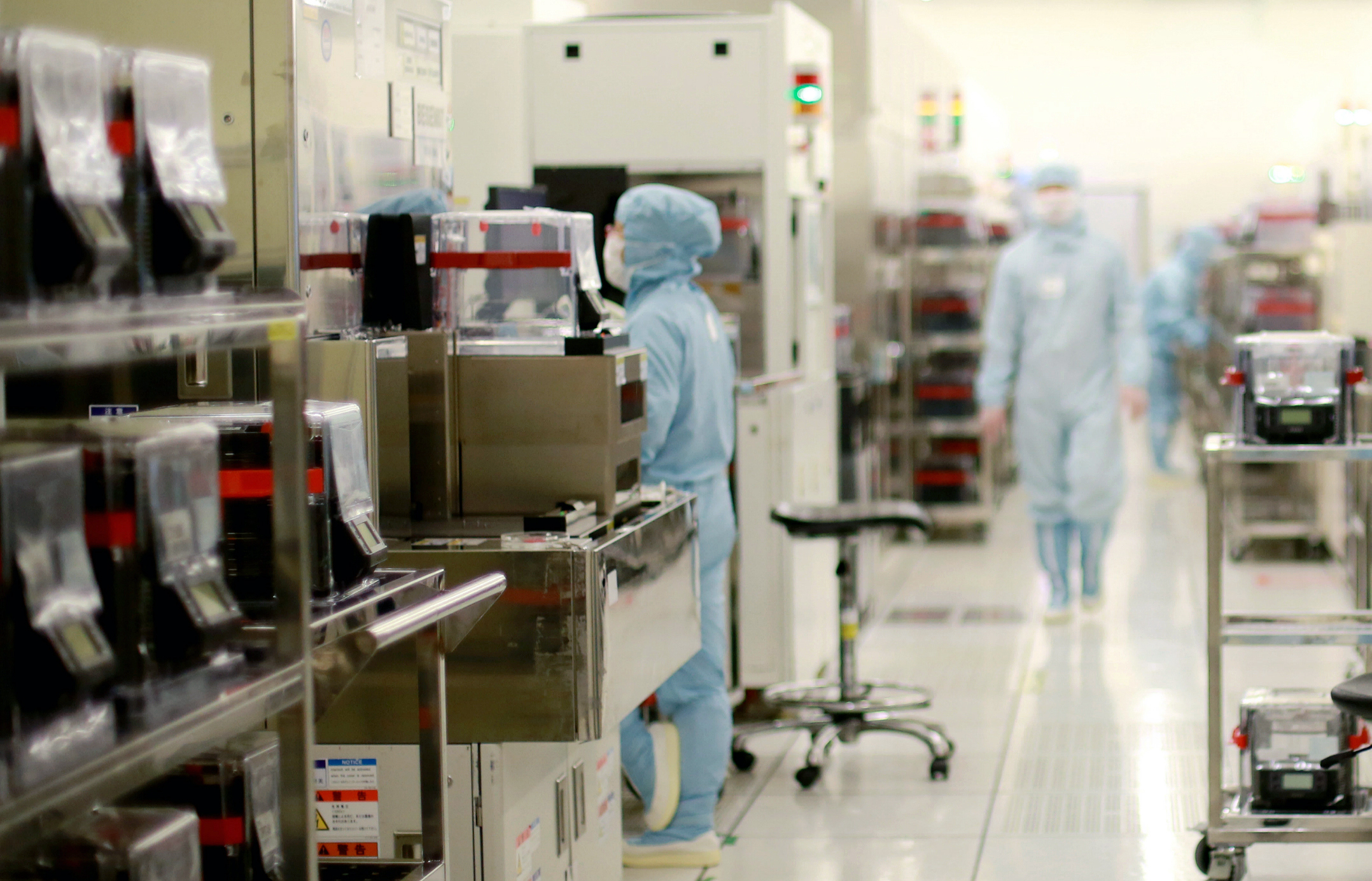Chinese Chip Industry to Focus on Perfecting Mature Nodes: Report
As the Chinese semiconductor industry gets separated from the global chip supply chain, it will focus on trailing nodes.

Severe constraints on the development of the Chinese chip industry caused by strict export control rules that block People's Republic chipmakers from obtaining advanced wafer fab equipment (WFE) has triggered local specialists to rethink the nation's semiconductor strategy. While it is obvious that China will have to replace tools made abroad to make leading-edge chips in the long term, for now the country's chipmakers will have to focus on perfecting their mature nodes to stay competitive, reports DigiTimes.
Meanwhile, between 2022 and 2026, Jiwei Research estimates there will be 25 new 300-mm fabs in China, with a total capacity of over 1.6 million wafer starts per month. This could significantly increase China's chip production capacity, which will increase China's total 300-mm capacity to 2.76 million WSPM by 2026.
Without access to advanced equipment, all of these fabs will have to focus on 20nm – 90nm-class technologies, but it will better be able to rely on domestic suppliers. Consequently, companies within the Chinese semiconductor supply chain, spanning from raw materials, machinery, and electronic design automation (EDA), are reportedly shifting their growth strategies, prioritizing mature processes over advanced ones. For instance, Naura has declared that it will prioritize shipments of tools for trailing processes utilized by Chinese chipmakers.
Furthermore, a provider of photoresist materials has disclosed that the current industry emphasis is on mature processes, in the hope of spurring significant advancements in mature wafer production techniques. As of now, the development of cutting-edge processes is not at the forefront of Tianxia's semiconductor industry's agenda.
While tens of millions of chips made on mature process technologies are sold every year, many designs slowly migrate to more sophisticated nodes. As a result, there is a concern that with a significant number of companies focusing production on mature processes, and without export or import restrictions on foreign mature process chips, the Chinese internal market could face an oversupply, leading to cut-throat price competition. Also, Chinese foundries will have to offer discounts to land orders on mature nodes-based chips with long lifecycles.
But Chinese chip specialists believe that despite oversupply risks, domestic chipmakers should concentrate on trailing nodes rather than on desperately investing in sub-14nm and more advanced fabrication technologies. Focusing on mature processes can lead to increased self-sufficiency and controllability of the semiconductor industry, reducing dependence on foreign technology and supplies.
The latest export rules imposed by the U.S. government blocks access of Chinese chipmakers to tools and technologies that can be used to build logic chips with non-planar transistors on nodes measuring 14nm/16nm or smaller, 3D NAND chips featuring 128 or more layers, and DRAM ICs with a half-pitch of 18nm or less. As similar sanctions imposed by the Netherlands, Japan, and Taiwan come into effect in mid-2023, China's SMIC and YMTC will no longer be able to procure tools to make chips on more or less contemporary production nodes.
Get Tom's Hardware's best news and in-depth reviews, straight to your inbox.
Meanwhile, domestic suppliers of lithography tools can make scanners with enough resolution for a 90nm-class node and it is even unclear whether they can make them in sufficient quantities. Therefore, Chinese chipmakers will keep buying tools produced by companies from Japan and the Netherlands. So while China's chip sector is striving for autonomy, it will likely keep relying on WFE made abroad.

Anton Shilov is a contributing writer at Tom’s Hardware. Over the past couple of decades, he has covered everything from CPUs and GPUs to supercomputers and from modern process technologies and latest fab tools to high-tech industry trends.